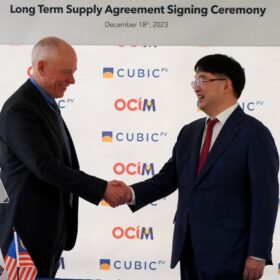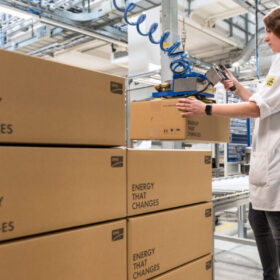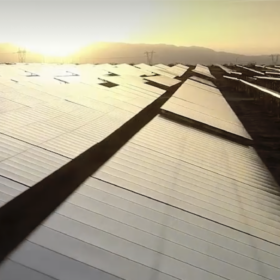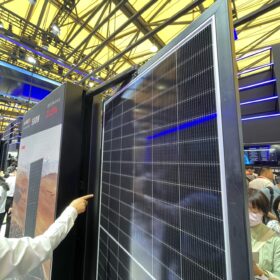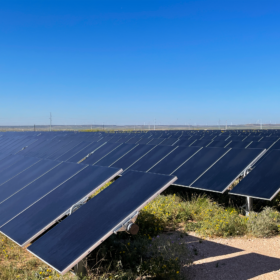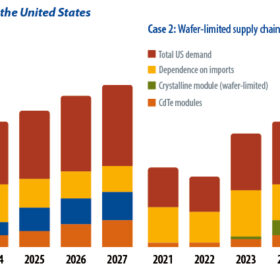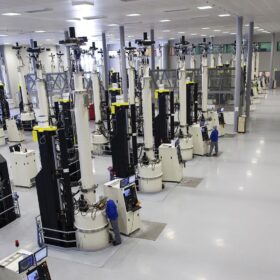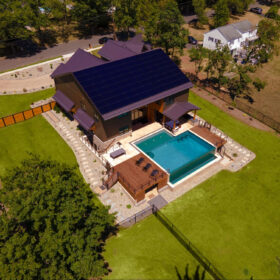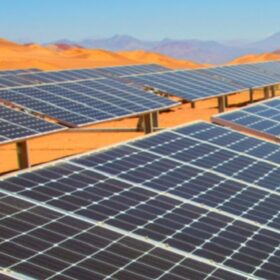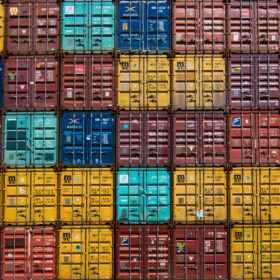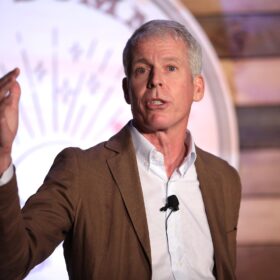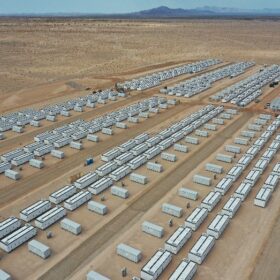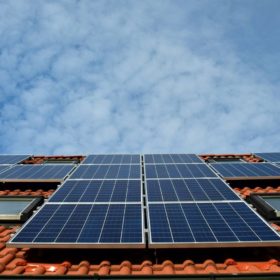CubicPV announces $1 billion long-term silicon supply agreement
OCIM, a South Korean polysilicon manufacturer, will supply CubicPV with U.S.-compliant silicon for development of solar wafers.
SMA to build 3.5 GW inverter factory in U.S.
SMA Solar Technology AG says it will open a new 3.5 GW inverter factory at an unspecified location in the United States in 2025. The German manufacturer is currently talking with several U.S. states and potential partners to select the best production site.
Major U.S. solar developer announces recycling plans
EDF Renewables North America signs on with Solarcycle to recycle damaged or broken solar panels.
Sunrise brief: Solar giants bet big on U.S. manufacturing
Also on the rise: Redflow and Ameresco to deploy prototype microgrid at Stewart Air National Guard Base. Five new energy storage systems triples Enel’s footprint in Texas. And more.
Strengthening the solar supply chain
From Covid disruptions to concerns about forced labor to volatile prices, the U.S. has been dealing with a myriad of supply chain disruptions. What we need now is certainty.
How local is local in solar manufacturing?
With more than 50 GW of module manufacturing announcements made in the United States, annual production capacity will exceed demand by 2025, says S&P Global’s Alex Kaplan.
Silfab Solar signs agreement with NorSun for U.S.-made wafers
NorSun recently raised $8.5 million in new equity to further develop clean energy manufacturing projects in the United States, including a 5 GW ingot and wafer production facility.
Sunrise brief: How long do residential solar panels last?
Also on the rise: Ohm Analytics details a complex distributed solar market. LS Energy Solutions to construct large-scale energy storage to serve CAISO market. And more.
Sunrise brief: The Inflation Reduction Act springs into action to benefit U.S. communities and business
Also on the rise: Regulatory gaps in solar inverters: The pressing need for oversight. Silfab Solar signs agreement with NorSun for U.S.-made wafers. And more.
Bila Solar announces plans to manufacture lightweight solar modules in U.S.
The Singapore-based developer of glassless, frameless solar modules plans to invest nearly $35 million to renovate a facility in Indianapolis.
